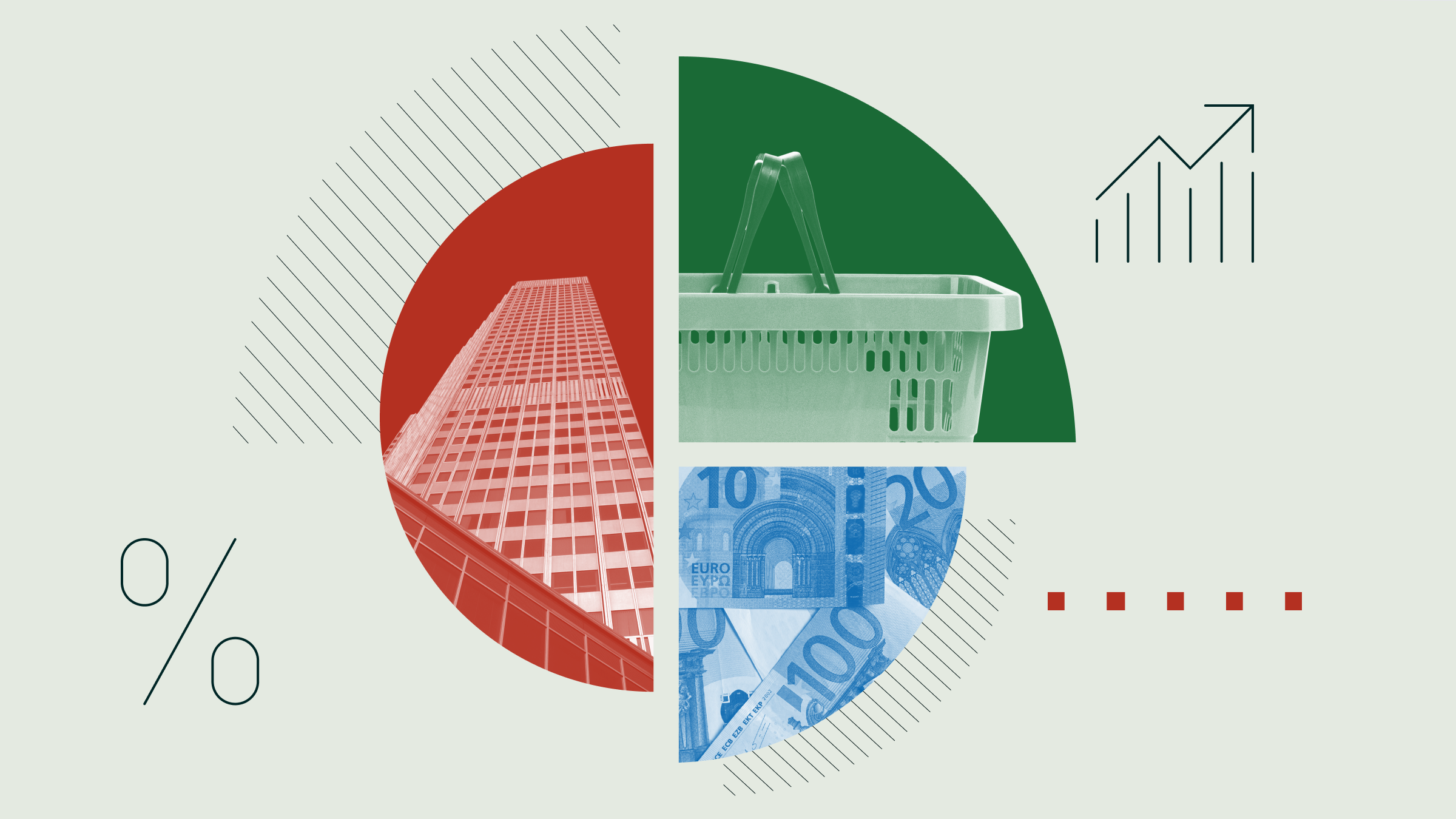
Investors are increasingly seeking out more exotic sources of income as traditional sources of dividends and interest disappoint. Bond yields in many countries are negative, companies are slashing dividends and cash savings rates are lagging inflation. It's no wonder, then, that many investors are looking for new homes for their cash.
Most ordinary investors would be nervous about putting their money directly into wind farms, social housing, natural disasters or aircraft leasing, but funds have sprouted up over the years to cater for growing demand for such assets. Many of them offer an undoubtedly attractive income stream, but are investors taking on too much risk in these esoteric areas?
“The scarcity of yield in other areas of the market has pushed more and more investors towards alternatives,” says Solomon Nevins, manager of the Architas Diversified Real Assets Fund. This is a “fund of funds” that backs investment trusts such as Tritax Big Box REIT (BBOX) - a popular play on the warehousing and logistics boom - in exchange traded commodities such as iShares Physical Gold (IGLN) and open-ended funds such as Legal & General UK Property.
Renewable Energy
Energy has been a popular area for alternative income hunters – and the surge in interest in economic, social and governance (ESG) factors has helped boost the case for investing in areas such as renewable energy. Governments are spending billions in upgrading energy infrastructure to meet carbon targets: Britain is aiming for “net zero” carbon emissions by 2050 and has just announced £10 million in funding for 3,600 new electric car charging points.
Many renewal infrastructure projects, such as wind farms, have long-term supply contracts, which means a steady stream of income for investors. John Laing Environmental Assets (JLEN) offers a yield just below 6%. The trust, which, invests directly in 31 renewable energy projects including a wind farm in Northamptonshire and solar farm in Sussex, has also posted annualised returns of more than 8% over three years.
However, the popularity of the sector has driven many of its trusts to a premium: JLEN trades 15% above its net asset value, while Renewables Infrastructure Group (TRIG) is at a lofty 20% premium to NAV, although it has a punchy yield of nearly 5%.
There are also open-ended options if investors think investment trusts have become too expensive. Teodor Dilov, fund analyst at interactive investor, likes VT Gravis Clean Energy Income, which pays a yield over 3% and it invests in companies involved in the funding, supply and generation of clean energy such as Canadia electricity firm TransAlta Renewable and US wind and solar power generator TerraForm Power.
Social Housing
Nevins also likes funds and trusts focused on "social infrastructure", such as investment trust Civitas Social Housing (CSH), which invests in a portfolio of social housing, delivering inflation-linked income through its long-term leases. Nevins thinks this sector has been undervalued because of the fallout from the Carillion collapse - as well as the threat to nationalise public assets from a Corbyn-led Labour government. The Civitas trust yields 5.43% and sits at a discount of 8%.
The Target Healthcare Real Estate Investment Trust (THRL), meanwhile invests in care homes across the UK including an 84-bed nursing home in Hull and 70-bed care home in Dorset. Its a booming area of real estate as the UK grapples with the need for accommodation for its ageing population. Trading at a premium of 10.4%, the trust yields 5.7% and has delivered annualised returns of 7.5% over three years.
Catastrophe Bonds
Not all alternative income sources have been so profitable, however. Investment trusts exposed to "catastrophe insurance" have proved disappointing after a run of natural disasters across the globe.
Catastrophe insurance is taken out by insurers to protect them from the vast sums they have to pay out to their customers in the event of a major disaster. Think Hurricane Katrina in 2005, which caused an eye-watering $125 billion of damage.
When there are no major incidents in a year, the insurance is profitable because the provider doesn't have to pay out to cover any damages and investors are paid a coupon, as they aree with other bonds. But the increasing number of natural disasters, which include earthquakes, floods and hurricanes, in recent years has seen some large clean-up bills. Asa a result, premiums have gone up too, and Architas's Nevins says the asset class has become much less attractive and has sold out of the sector.
The CATCo Reinsurance Opportunities Fund (CAT) now sits at a discount of 20% and yields nearly 13% after a dismal five-year period, which has seen shares crumble from $1.15 to $0.18, a fall of 84%.
Aircraft Leasing
Airline leasing has been another growth area for alternative income, which has tempted investors with higher-than-average yields, but the grounding of the Boeing Max 737 last March has hit the sector hard.
Trusts in this space own fleets of planes which they hire out to airlines on long-term leases. The benefit for the airline is that it's cheaper to rent a fleet of planes than it is to buy one, and they don't get stuck with a depreciating asset at the end of the contract. At the end of a lease, the trust can either sell the plane for parts or lease it to another airline looking for an older model.
Of course, concerns about the impact of coronavirus on the travel industry are just one of the external factors to bear in mind when accessing this sector. The Doric Nimrod Air One (DNA) investment trust is now yielding 14% and sits at a substantial discount of 45% to its NAV, with a share price fall of 32% over one year. While Amedeo Air Force Plus's (AA4) yield is over 10%, the share price is off 12% in a year and the trust sits at a discount of just under 30%.
Should You Invest in Alternatives?
The case for investing in alternative assets such as these is that their performance is not linked to the stock market. instead, they are often driven by different factors, which should mean they provide a buffer for investment portfolios during volatile periods.
“Many of the income streams provided by these assets are not sensitive to the ups and downs of the stock market or individual company performance so the investment behaves differently to bonds and shares,” says Adrian Lowcock, head of personal investing at Willis Owen.
But the problem comes when a hot sector, such as airline leasing, falls out of favour. “There is always a risk when investing in just one industry, something could go wrong that materially impacts on the funds ability to generate an income going forward,” Lowcock adds.
The key to making an alternative income portfolio work is to make sure it’s well diversified, so that when one industry or company hits the buffers, the rest of your investments can take the strain. With stock markets collapsing, we could be about to find out whether these alternative sectors are truly uncorrelated with equities.









.jpg)



















